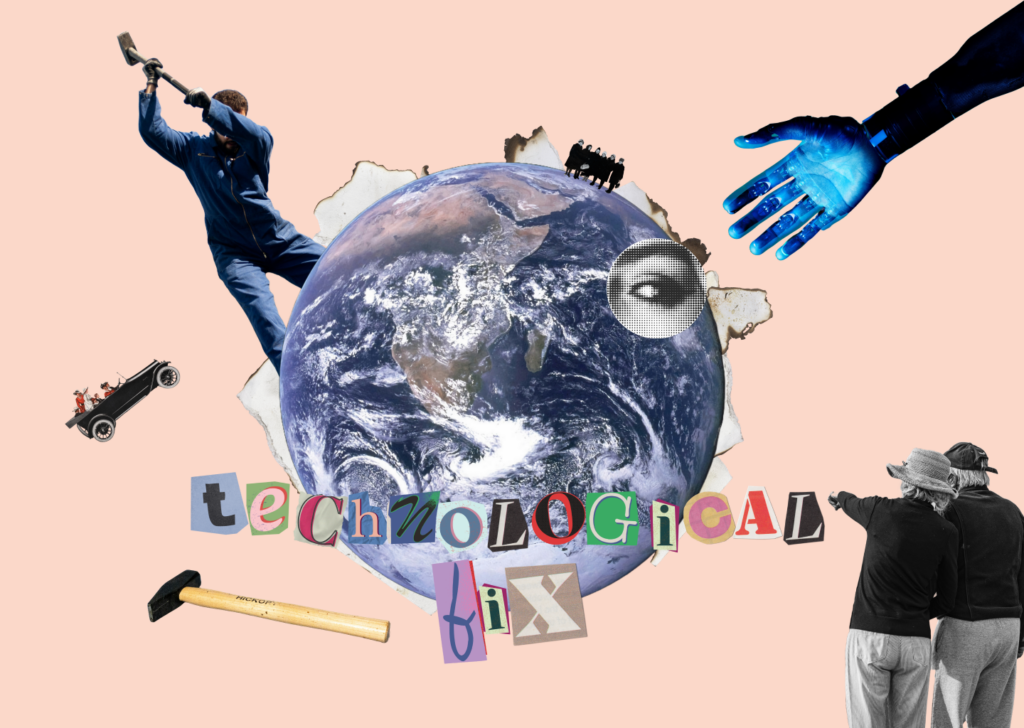
There’s an App for That. . . But Should There Be?
Challenging the Technological Fix in Human-Computer-, Human-Robot- and Human-Agent-Interaction
The growing reliance on digital technologies to address social challenges, often described as a technological fix, raises fundamental questions about whether technology is always the right answer. As [6 ] and [1 ] describe, the term „technological fix“ emerged as a critique of overly simplistic technological solutions to complex social problems.
This debate has a long history. One striking example, detailed by [6 ], is the belief, championed by advocates such as Alvin Weinberg, that nuclear energy could be a universal solution to humanity’s resource and environmental challenges. It was seen as a way to eliminate the Malthusian crisis and pollution simply by making clean energy economically attractive. However, history has shown that these so-called fixes often had unforeseen consequences, raising ethical, political, and technical challenges that were initially overlooked.
From a critical theory perspective, it is essential for HCI to consider not only the benefits of new technologies but also their potential negative consequences, as stressed by [ 4]. They emphasize that design should be understood no just as interaction design, but also as shaping society itself. This perspective challenges the assumption that technology always drives progress and encourages a broader societal evaluation of digital solutions.
The idea of the technological fix has become deeply embedded in modern culture, fostering the belief that technological innovation alone can solve any social problem [ 1]. Designers, researchers, or engineers often default to applying technological solutions simply because they are the tools they know best, even when such solutions may not be the most appropriate. This tendency, known as Maslow’s Hammer, reflects the cognitive bias of treating every problem as if it requires a technological fix [2].
Such tendencies can be observed in the design for people with disabilities, which is dominated by experts who rarely consider the voices of the target group in the design process [ 5 ]. For example, the development of sign language avatars in public institutions was strongly criticized by hearing-impaired associations and communities and was seen as an unfit solution to the existing problem [3].
The aim of this workshop is to critically examine the growing tendency toward technological fixes in Human-Computer-, Human-Robot- and Human-Agent-Interaction. By facilitating discussions based on research, case studies, and observations, this workshop will explore key questions, including: Is technology always the right solution? When might it overshadow better, more context-sensitive alternatives? And how can we ensure that digital diversity, as envisioned in the MuC 2025 theme, genuinely accommodates a range of needs and perspectives rather than imposing a homogenized digital experience?
What do we mean by “technological fixes”?
In preparation for our workshop, our organizing team has identified a range of technological fixes from research and practice—some clever, others controversial, and many worth a second thought. These are technical solutions introduced to solve complex social or behavioral problems, often without addressing their deeper causes. We believe reflecting on such examples can help uncover new insights—and perhaps inspire you to join us.
Take social robots, for instance: they’re often envisioned as helpers in public or private spaces, yet their use in places like train stations proves impractical—what happens if one gets stolen, or violates data privacy laws? In assisted living, sensors and robots can feel stigmatizing or miss real user needs. And what about the growing reliance on chatbots in therapeutic contexts—do they replace or diminish human connection? Other cases include AR/VR systems with unclear added value, or modern car interfaces that put everything on a touchscreen—at the cost of usability and safety.
These are just a few examples. We invite you to bring your own experiences and perspectives to the workshop—and reflect on how such “fixes” shape your work and the people affected by it.
Workshop mode
This will be an on-site workshop, requiring participants to be physically present. The workshop will be conducted as a half-day event. Both English and German submissions will be accepted. The language of the workshop will be primarily German, with the possibility of English presentations at the request of participants. Participants will have the choice of submitting a max. 2 pages long position paper which will not be published in the proceedings or a max. 4 pages workshop paper which will be peer-reviewed and in case of acceptance published in the GI Digital Library.
Call for Participation
We invite researchers and practitioners to contribute to the discussion on the technological fix and to critically examine the use of technologies in Human-Computer-, Human-Robot- and Human-Agent-Interaction. We seek contributions that reflect on whether technology is always the right answer and on the consequences of technological fixes. The half-day workshop will consist of presentations of position papers (max. 10 minutes each) followed by discussions and interactive tasks leading towards a practical checklist.
Submission requirements:
- Max. 2 pages long position paper which will not be published in the proceedings or a max. 4 pages workshop paper which will be published in the GI Digital Library (Please use the MuC Format).
- Submissions in German and English will be accepted.
- Submissions should be made via Conftool by June 20th, 2025 (Acceptance Notice
July 8th, 2025July 10th, 2025; Publication-Ready DeadlineJuly 29th, 2025July 31th, 2025) - The language of the workshop will be primarily German, with the possibility of English presentations at the request of participants.
- At least one author of each accepted contribution must attend the workshop and register for at least one day of the conference.
- Authors agree to serve as peer reviewers.
We welcome contributions from experienced, but also early career researchers, practitioners, and thought leaders. Submissions should include case studies or research findings and critically engage with the workshop theme.
Workshop plan
The workshop will take place on Sunday, 31 August, from 2 pm to 5 pm.
14:00–14:20 | Welcome & Introduction
- Welcome by the organizers
- Brief explanation of the workshop idea and goals and a few words about the PK NRW
14:20–14:45 | Session 1: Smart Home
Each presentation: max. 10 min
- Every Dream Home an Internet
Drusinsky, Ben; Scherffig, Lasse; Dillon, Teresa; Höfler, Carolin
🗣 Discussion & Post-it Reflection (15 min)
14:45–15:20 | Session 2: Relationships and Care
Each presentation: max. 10 min
- Fernfreundschaften festigen: Die Implikationen hybrider Artefakte für die Verbundenheit über Distanz
Huschke, Sabine; Seetohul, Vimal Darius; Deimel, Dominik; Crisci, Nick Gaetano; Haurand, Michel; Böhmer, Matthias - AI in Healthcare Professions – A technological fix in the area of conflict between staff shortages and responsibility
Gehrmann, Jonathan; Rasche, Peter
🗣 Discussion & Post-it Reflection (15 min)
15:20–15:35 | Short Break
15:35–16:10 | Session 3: Education and Research
Each presentation: max. 10 min
- Critically Reflecting on the Leverage of AI-based Tools to Support Heterogeneous Learner Needs
Späthe, Eva; Lins, Sebastian; Sunyaev, Ali - Quick, Tangible, Playful: Reducing Barriers to Feedback
Colley, Jemina; Paananen, Siiri; Wolters, Maria
🗣 Discussion & Post-it Reflection (15 min)
16:10–17:00 | Concluding Brainstorming & Wrap-up
- Joint brainstorming: What makes a technological fix successful – and when does it become problematic?
- Development of key evaluation criteria
- Thank you and End of Workshop
Organizers
Justyna Sedkowska
Holds a Master’s degree in User Experience Design and is currently a Ph.D. candidate in the field of Human-Machine Interaction and research assistant at the Institute of Positive Computing at HRW. Team member of the UX Space Lab at HRW.
Matthias Böhmer
Professor of Mobile and Distributed Interactive Systems at the TH Köln and head of the Master’s program in Media Informatics. He is leading the moxd lab. The lab teaches and conducts research at the intersection of ubiquitous computing and human-computer interaction.
Stefan Geisler
Professor of Applied Computer Science and Human-Machine Interaction. He is a chairman of the Positive Computing Research Institute and head of the Bachelor’s and Master’s program Mensch-Technik-Interaktion (Human-Machine Interaction). His focus is on participatory UX design and human-centered technology development.
Sabrina Großkopp
Product designer and UX design researcher at Düsseldorf University of Applied Sciences. Holds a Master’s degree from the Folkwang University of the Arts. Explores the aesthetics of interaction with technology in living spaces and the effects on well-being.
Alina Huldtgren
Professor of Digital Health and Intelligent User Interfaces at Düsseldorf University of Applied Sciences and director of the Co-Designing Technology for Healthcare Lab. Her research focuses on enabling diverse stakeholders in participatory design of technology for health and well-being.
Seyma Kocak
Holds a Master’s degree in Computer Science and is a research assistant at the Institute of Computer Science at HRW. Currently a Ph.D. candidate at the University of Jyväskylä (Finland) with main research areas in digital transformation and entrepreneurial mindset.
Ana Müller
Has a background in sociology, is currently a research group leader at TH Köln and a PhD candidate with a focus on interdisciplinary research in human-robot interaction.
Michael Schiffmann
Holds a degree in engineering with a focus on automation. He is currently working as a research assistant and pursuing his PhD at the TH Köln. His research focuses on the development and investigation of systems to improve the quality of interactions between social robots and humans in public spaces.
Karina Sturm
Holds a Bachelor’s degree in Psychology and is currently a student in the Bachelor’s program Human-Machine Interaction at HRW. Team member of the UX Space Lab at HRW.
Contact
For questions or further information, please contact Justyna Sedkowska at:
justyna.sedkowska@hs-ruhrwest.de
Photos
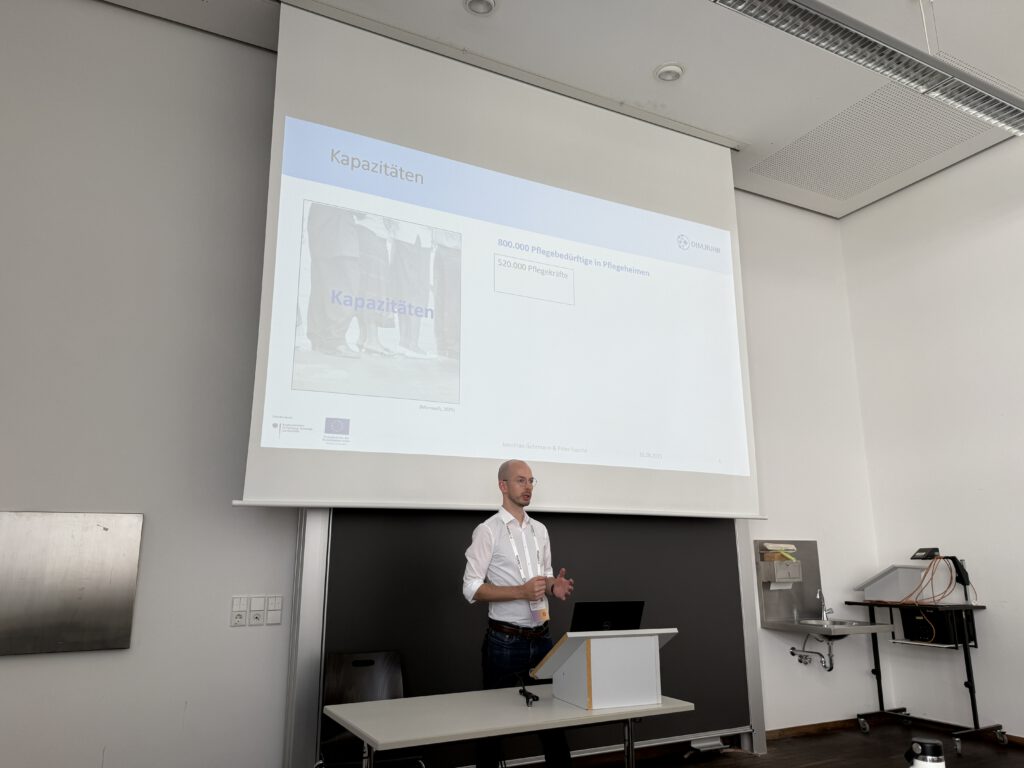
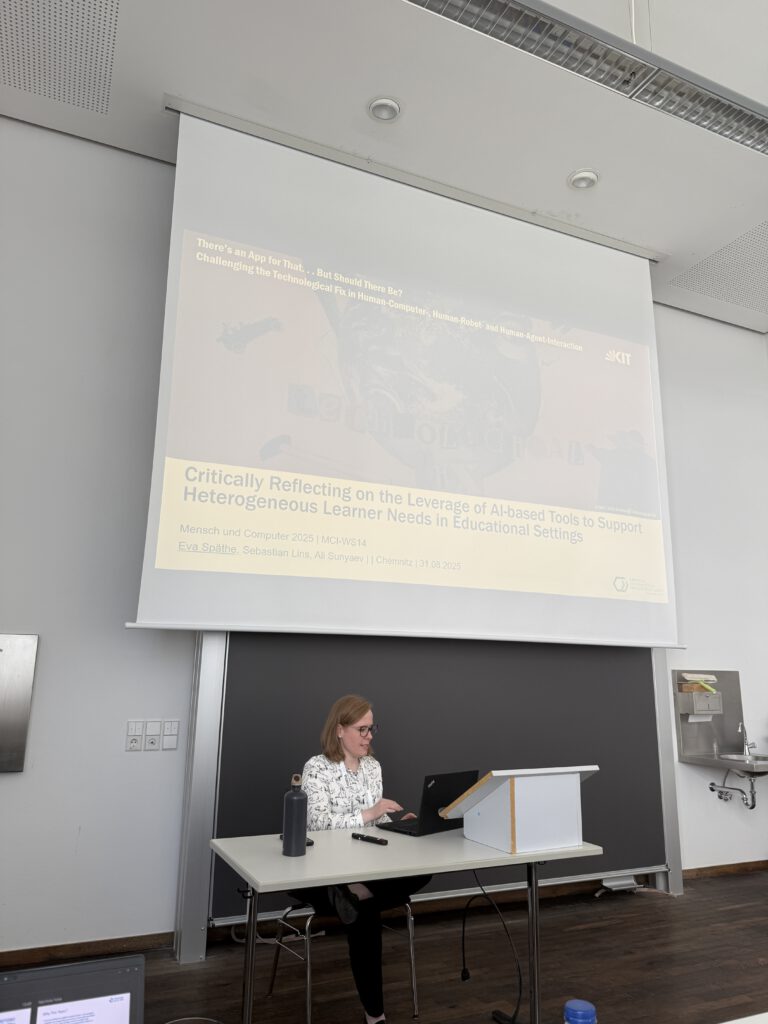
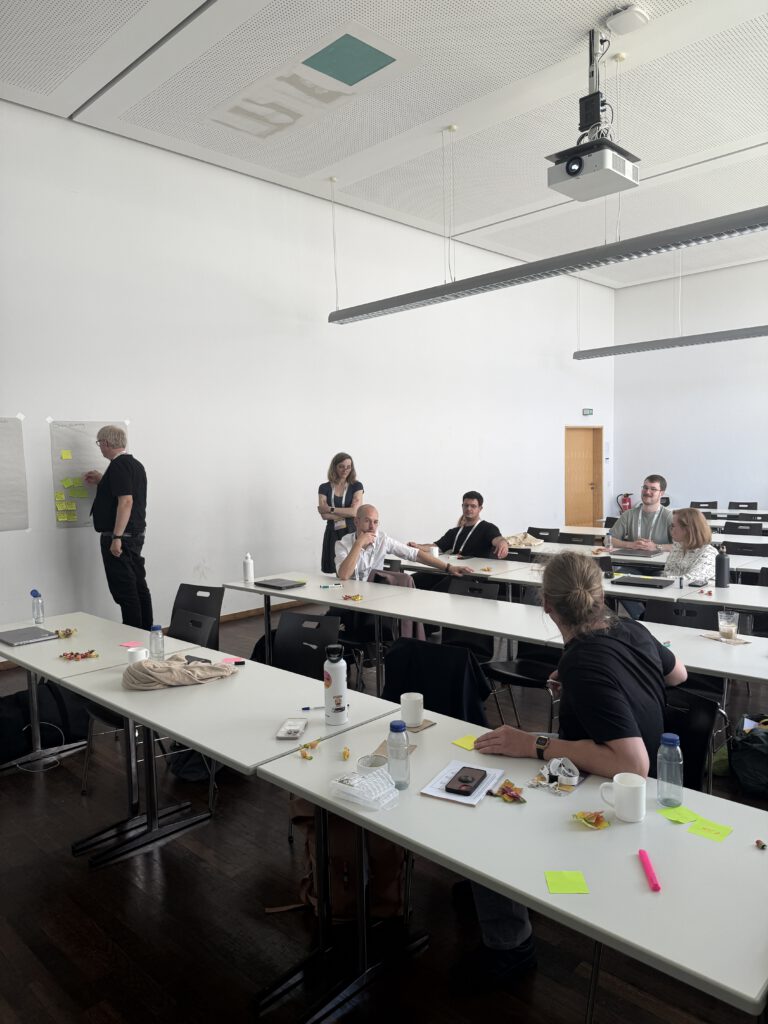

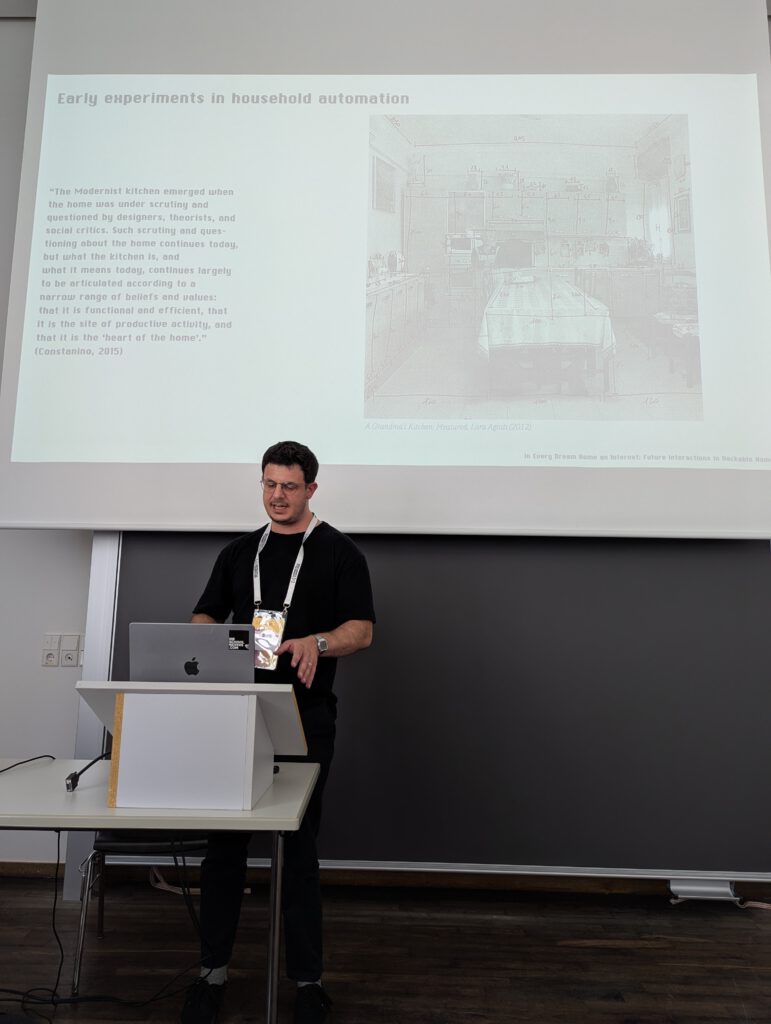

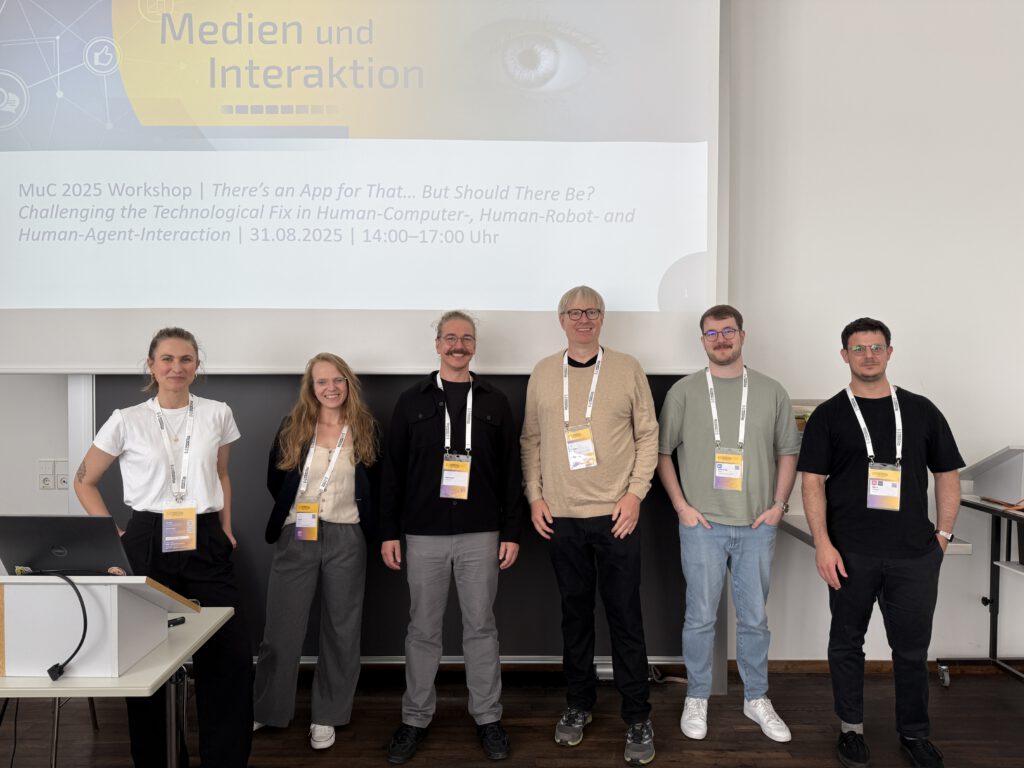
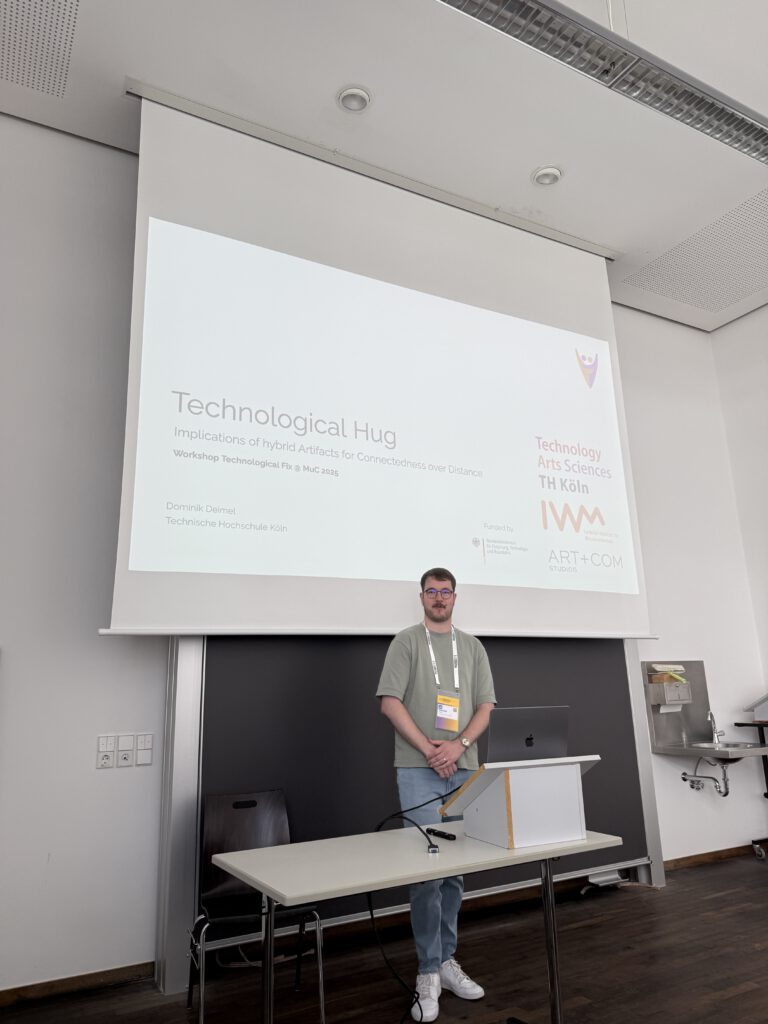

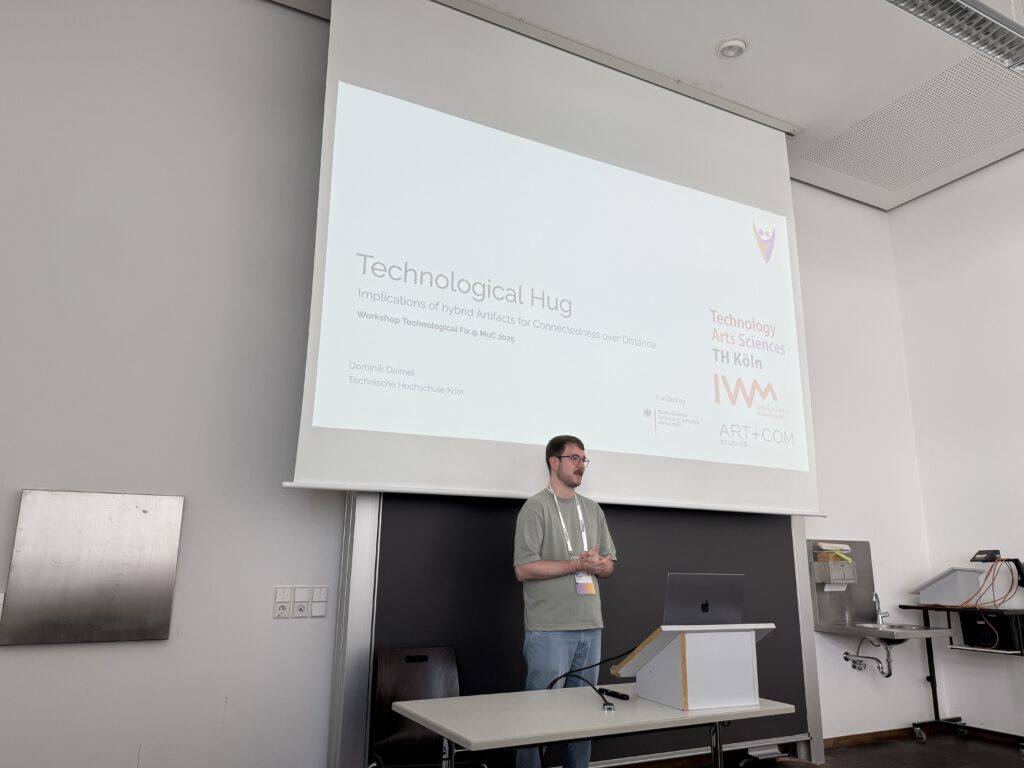
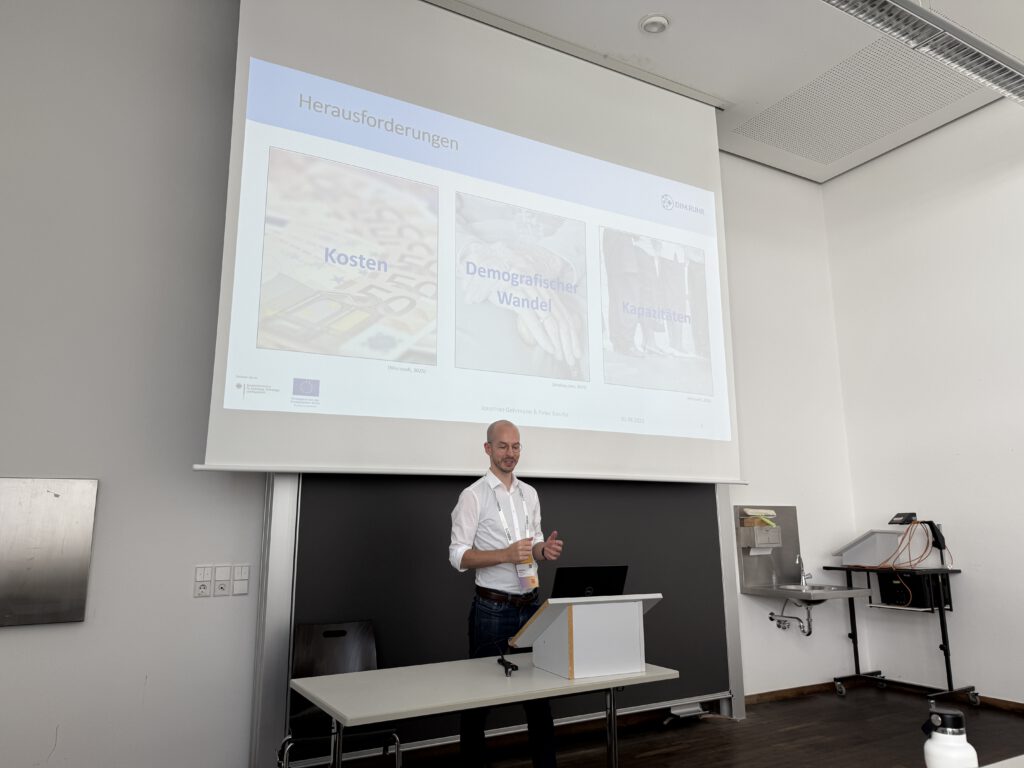
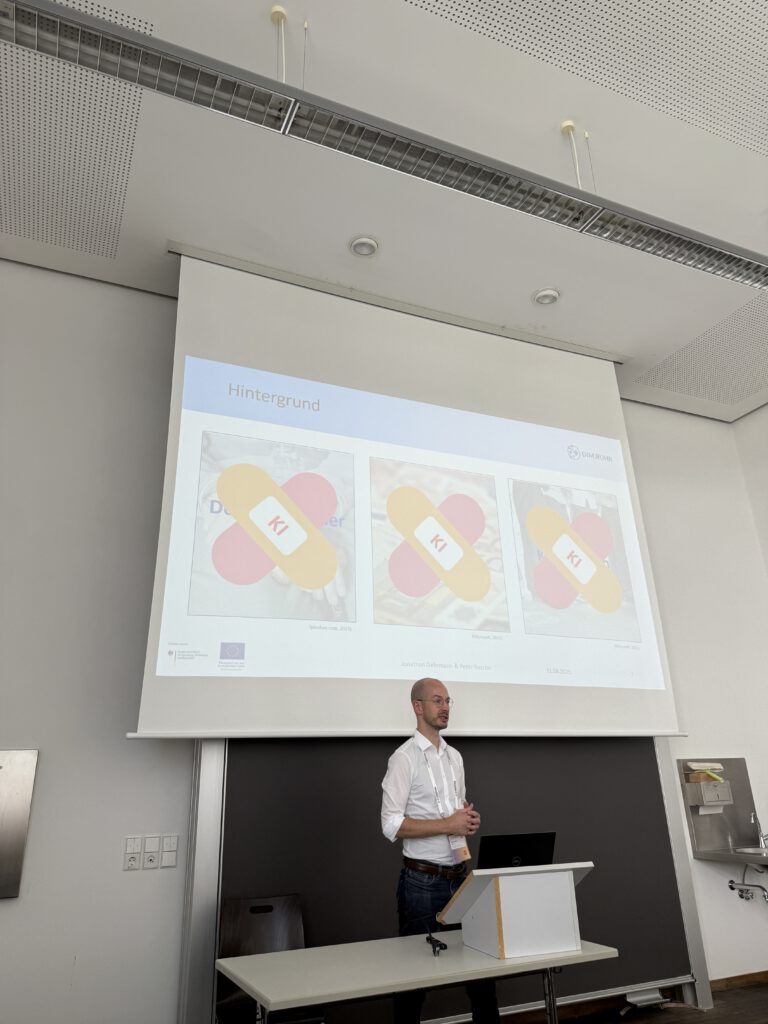


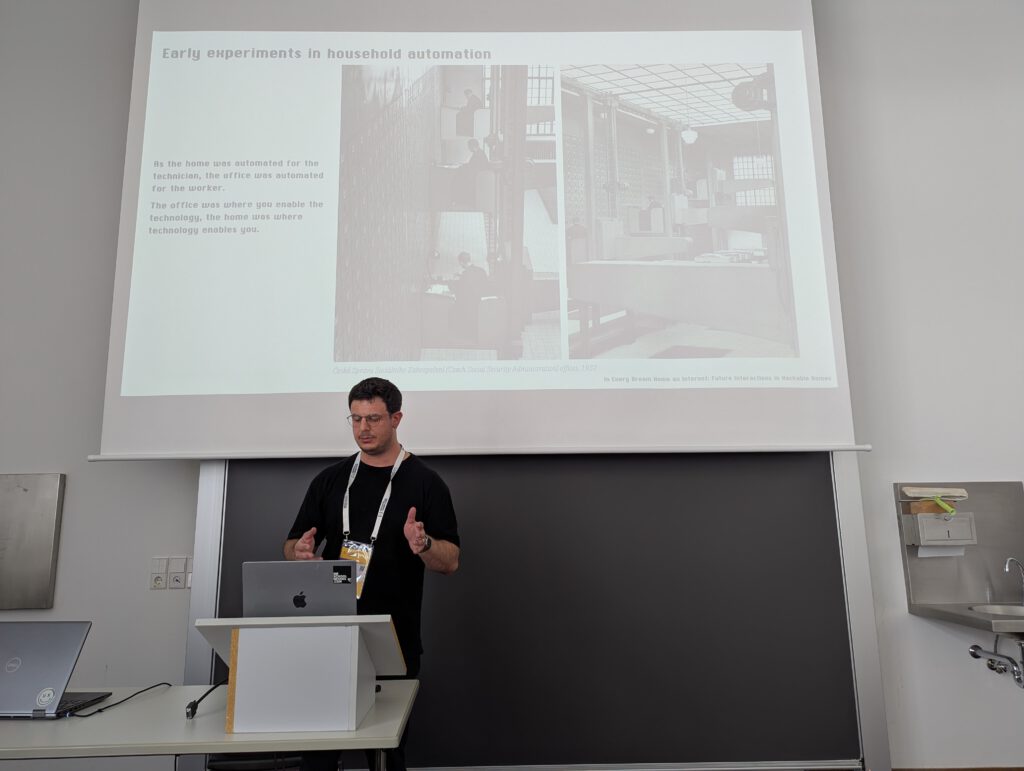

REFERENCES
[1] Sean F Johnston. 2018. The technological fix as social cure-all: Origins and implications. IEEE Technology and Society Magazine 37, 1 (2018), 47–54. Manuscript submitted to ACM
[2]Abraham Harold Maslow. 1966. The Psychology of Science. Harper & Row, New York.
[3] Iris Meinhardt. 2023. Gehörlose kritisieren Gebärdensprach-Avatare. Bayerischer Rundfunk. Retrieved March 13, 2025 from https://www.br.de/nachrichten/deutschland-welt/gehoerlose-aeussern-kritik-an-gebaerdensprach-avataren,TfMrXDf
[4] Marianna Obrist and Christian Fuchs. 2010. Broadening the View: Human-Computer Interaction & Critical Theory. CHI ‘10, Atlanta, GA, USA. Retrieved March 13, 2025 from https://www.cl.cam.ac.uk/events/experiencingcriticaltheory/ObristFuchs-BroadeningView.pdf
[5] Christian Quintero. 2022. A review: accessible technology through participatory design. Disability and Rehabilitation: Assistive Technology 17, 4 (2022), 369–375.
[6] Lisa Rosner. 2013. The technological fix: how people use technology to create and solve problems. Routledge, New York.